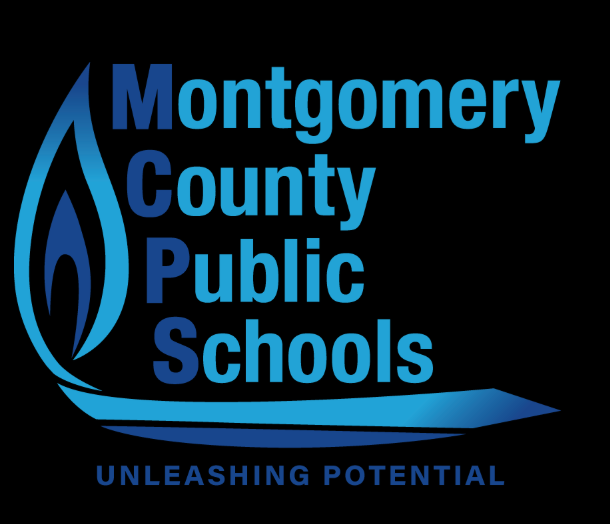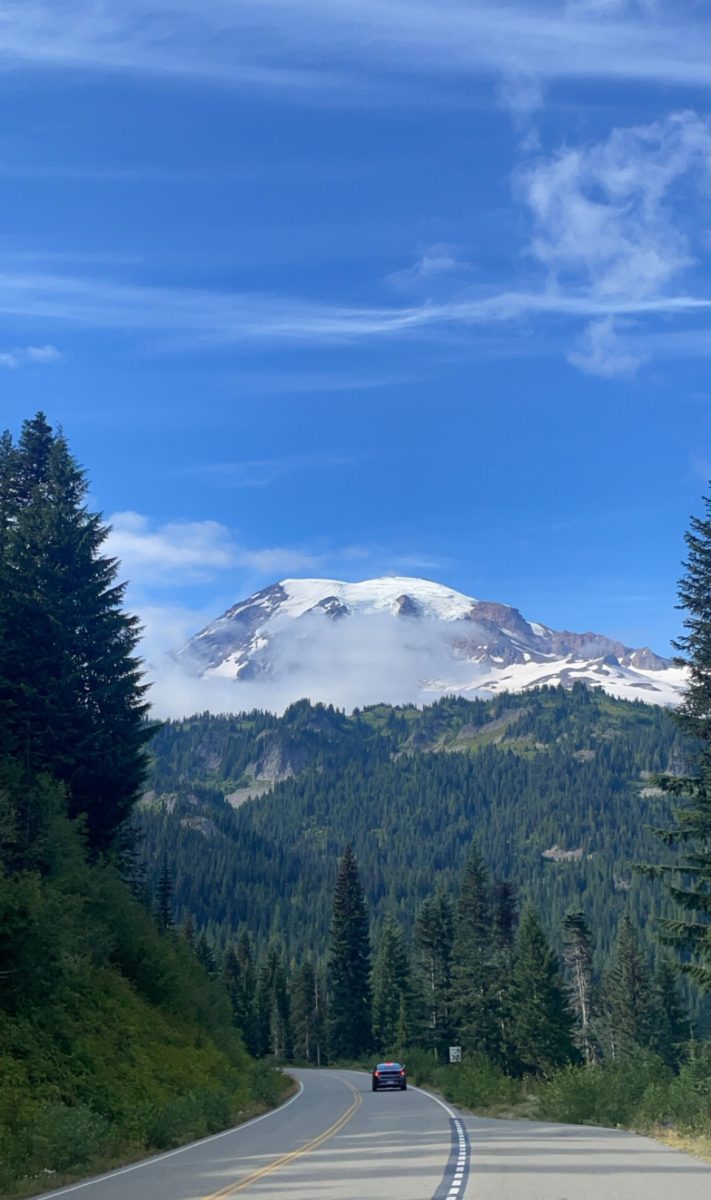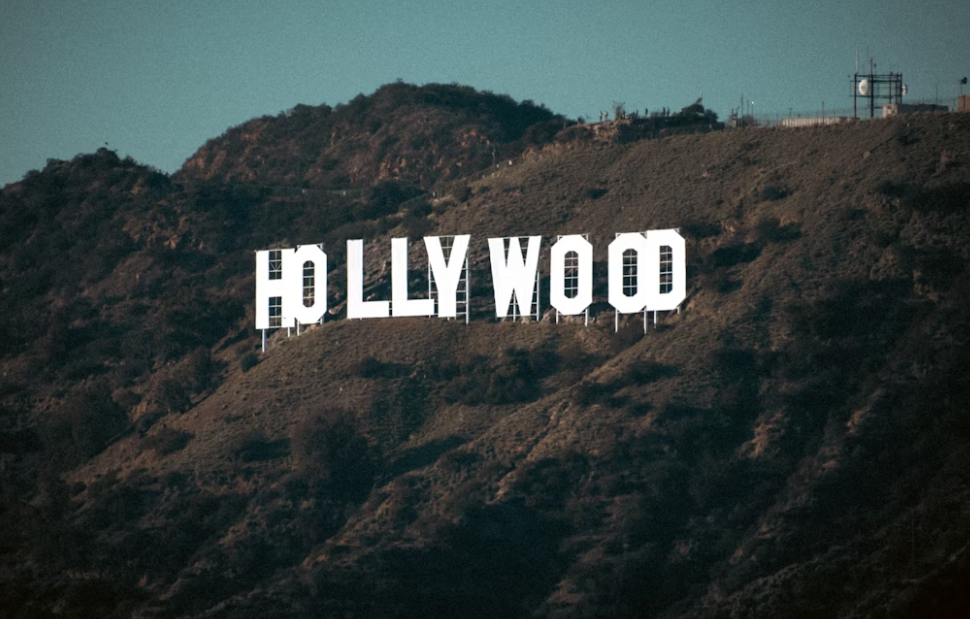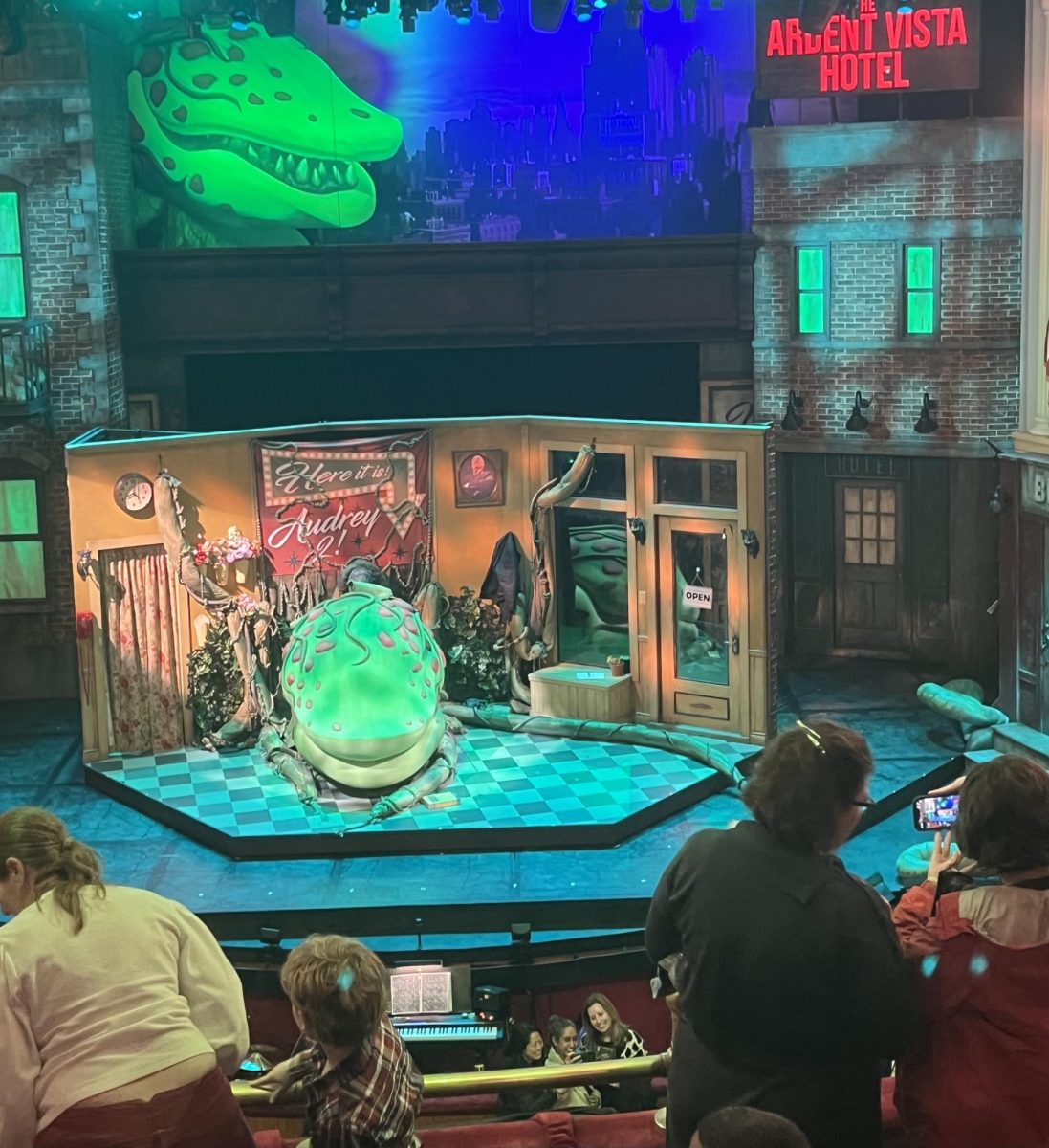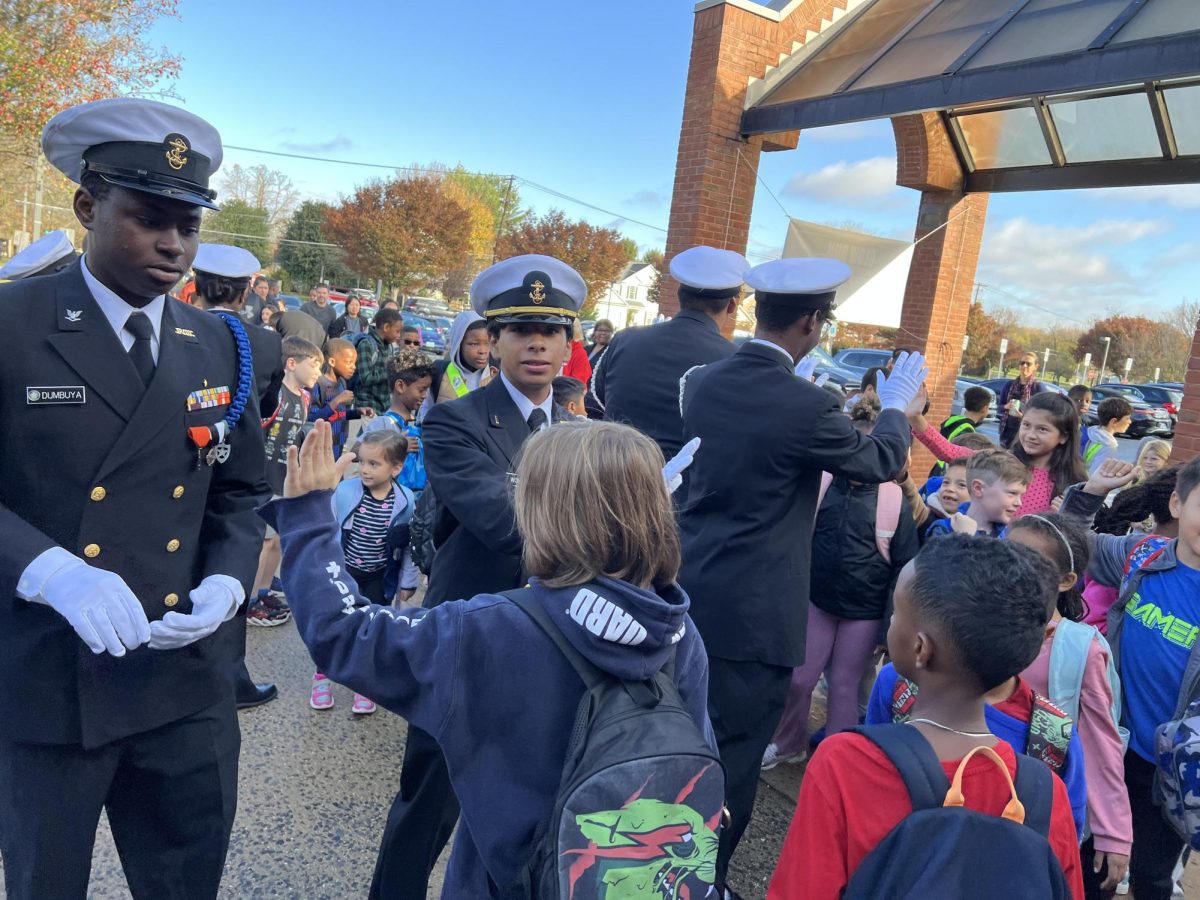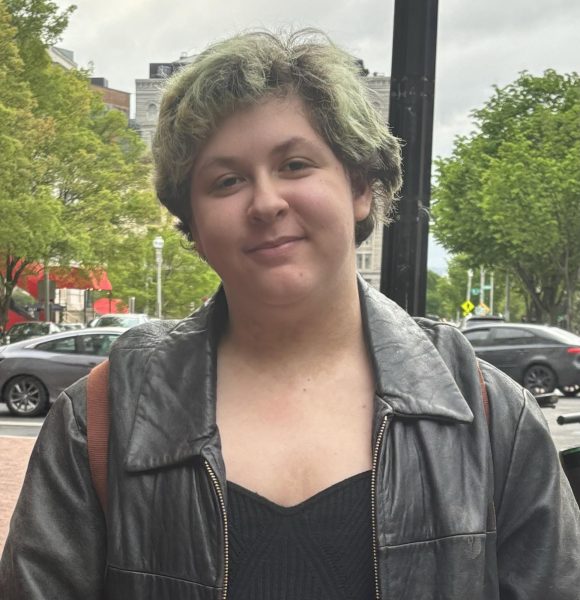Musicals have historically been somewhat inaccessible to most of the population. The theater has long suffered accusations of elitism, exorbitant prices, and stuffy etiquette. Local, smaller theaters have, to some, been able to elude this reputation, but it has continued to ring true on the hallowed grounds of theaters both on and off Broadway in New York City.
This past summer, I got to see The Great Gatsby, starring Eva Noblezada, who is best known for her roles in Hadestown and Miss Saigon, and Jeremy Jordan, whose resume includes such theater juggernauts as Newsies, Bonnie and Clyde, and The Last Five Years. The sets for Gatsby were incredible, the costumes exquisite, the dancing impressive, and the songs memorable. Also memorable? The price of the tickets. Two tickets in the middle of the balcony, one for myself and one for my mom came in at $92 each for a whopping total of $196.00. This pricing was actually reasonable in comparison to tickets for other shows running during our time in New York. The smash hit revival of the former Steven Sondheim flop Merrily We Roll Along, starring Daniel Radcliffe, Jonathan Groff, and Lindsay Mendez, had an average ticket price upwards of $350 per person!
Available professional recordings of stage musicals (commonly known as pro-shots) are few and far between, which forces fans who can’t find or afford pro-shots or tickets to watch bootlegs on YouTube channels or other similar platforms. Uploaders have attempted to hide the bootlegs from the watchful eye of the copyright holders by labeling them as “slime tutorials”, and this practice has become an open secret and in-joke with fans, actors, and producers alike. But since these “slime tutorials” are illegally recorded bootlegs, they often have poor video/sound quality, can cut out parts of the show, and you might spend a few minutes watching the inside of someone’s jacket while they try to hide their camera from the ushers. These bootlegs have been incredibly cherished and appreciated by the fans who aren’t able to watch in person, but highlight the inequity problem that prestige theater suffers from. Why do you have to spend $90 or more to see a singular show? Some might blame inflation, but this has been a problem for years now. It’s Broadway’s problem. Not the consumer’s.
On the other hand, the movie industry often attempts to adapt smash hit musicals, with varying degrees of success, especially in recent years. The star studded 2019 adaptation of Cats was overwhelmingly panned and gained accolades such as one of the “worst films of all time” as well as one of the “biggest box office flops of all time”, but another adaptation, that of beloved classic West Side Story in 2021, was lauded for the acting, singing, dancing, cinematography and more, gaining accolades at the Golden Globes such as “Best Motion Picture – Musical or Comedy”. The long awaited Wicked film’s first part, boasting stars such as Cynthia Erivo and Ariana Grande will release in the United States in late November. Movie tickets, while still expensive for many, cost much less than tickets for Broadway, and thus these movie adaptations provide a chance for those to whom Broadway is not in reach financially or geographically to appreciate the magic of musical theater.
If movies aren’t your speed, try local theater! Nearby establishments may not have the budgets of a large Broadway production, but offer similarly wonderful experiences. Olney Theatre, Round House and Imagination Stage in Bethesda are popular local venues, but expanding out into Baltimore and DC gives you access to such gems as Ford’s Theatre (where President Abraham Lincoln was assassinated), the Kennedy Center, the Hippodrome Theatre, Baltimore Center Stage, and more! Also easily accessible is student theater, whether at the college or high school level. You can even see In The Heights at Paint Branch later this year!

